You are here
CUE Circular
About the CUE Circular
In addition to news, updates, and information for members, CUE Circular aims to publish concise, well-written articles of practical and professional interest to English language teachers in Japan’s tertiary sector. Most of these are written in a more casual, less academic style. This is a great opportunity for first-time writers (and even students) to gain experience!
Types of articles to submit
Regular pedogogy related articles.
In the spirit of reflective practice, these are short, accessible, interesting reports concerned with the day-to-day realities of teaching and learning in our sector, rather than the kind of rigorous, formal, investigative research that might be more at home in a scholarly peer-reviewed journal (such as OnCUE Journal). Share your success stories (and failures!), teaching ideas, opinions, reflections, responses, and reports of less formal action research projects either completed or in progress. 1,000 words (with minimal, maybe 2-5, references if any)
- What’s happening in your teaching?
- What’s influencing your decisions?
- What obstacles have you overcome, and how?
- What ideas or opinions do you have that others might be interested to read?
- What have you read, heard, or seen recently that’s changed your approach to teaching, either in or out of the classroom?
NOTE: Previously, CUE SIG published similar pedagogically related articles under the journal section of From The Chalkface. These are listed now at the bottom of this link.
New columns for the CUE Circular (beginning 2023)
From the Student's Seat. Articles written by students or by students and their teachers. These should be pedagogical reflections about the students' language learning, or their own research related to language learning, or experiences as a teaching assistant. This is a great opportunity for undergraduates or graduate students. 750-1,000 words.
Veteran Teacher Voices (VTV). Interviews with retiring teachers who have valuable knowledge to share. This section aims to draw out the wisdom gained from years of experience that long-term teachers in Japan have, reflect on their journeys, and elicit their advice on current and future teaching situations before their insight disappears with them into retirement. Ask for our questionairre template of questions, which you can supplement with your own. Conduct the interview face to face, online, or just through email exchange. 1,000-2,000 words. (Subjects of all genders and nationalities are welcome.)
ELT101. Condensed descriptions of pioneers in EFL education.The literature review section of journals and book chapters is filled with notable names of ELT pioneers, such as Canagarajah, Dörnyei, Dweck, Freire, Gardner, Halliday, Krashen, Larsen-Freeman, Nation, Palmer, Pennycook, Swales, Ur, Vygotsky, etc. Researchers often refer to their landmark papers, theories, or approaches to teaching and learning second languages, but what do you remember about those famous people's contribution? The CUE Circular is looking for authors to take on one of these names and write an essay to recap their work. Be sure to include a few of the seminal papers that they published. 1,500-2,000 words (Notify the editor before starting to avoid duplicating anything already in progress.)
Formatting of Articles
- All articles: Submissions should be .doc , .docx , or .pages files, with as little formatting as possible. Please submit with Times New Roman 12-point font, 1.5-2 line spacing, and APA formatting.
- Embed figures in color or grayscale, and additionally use JPG or PNG files sent as separate files in your submission.
- Accepted articles will need a head and shoulders picture of the author(s) (and the interviewee for VTV articles), plus a 20-30 word bio of the author ending in an email address.
- References, if any are included, should follow APA formatting guidelines.
CUE Circular Submissions
Please send your submissions and inquiries to Glen Hill (editor): cuesigcc@gmail.com
(Online) ISSN: 2432-5570
List of Published Volumes
CUE Circular Issue 14 (2024)
CUE Circular Issue 13 (2023)
CUE Circular Issue 12 (2021)
CUE Circular Issue 11 (2021)
CUE Circular Issue 10 (2020)
CUE Circular Issue 9 (2019)
CUE Circular Issue 8 (2019)
CUE Circular Issue 7 (2018)
CUE Circular Issue 6 (2018)
CUE Circular Issue 5 (2018)
CUE Circular Issue 4 (2017)
CUE Circular Issue 3 (2017)
CUE Circular Issue 2 (2017)
CUE Circular Issue 1 (2016)
Issue 14: December 2024
Articles by Tosh Tachino, Soren Leaver, Richard Thomas Ingham, Erika Tavesa, Glen Hill, & Cory Koby.

Issue 13: January 2023
Articles by Chiyuki Yanase, John Rucynski, Julia Kimura, Theron Muller, Jerry Talandis, Jr., Ian Willey, Steve Paydon, & Robert Dilenschneider.
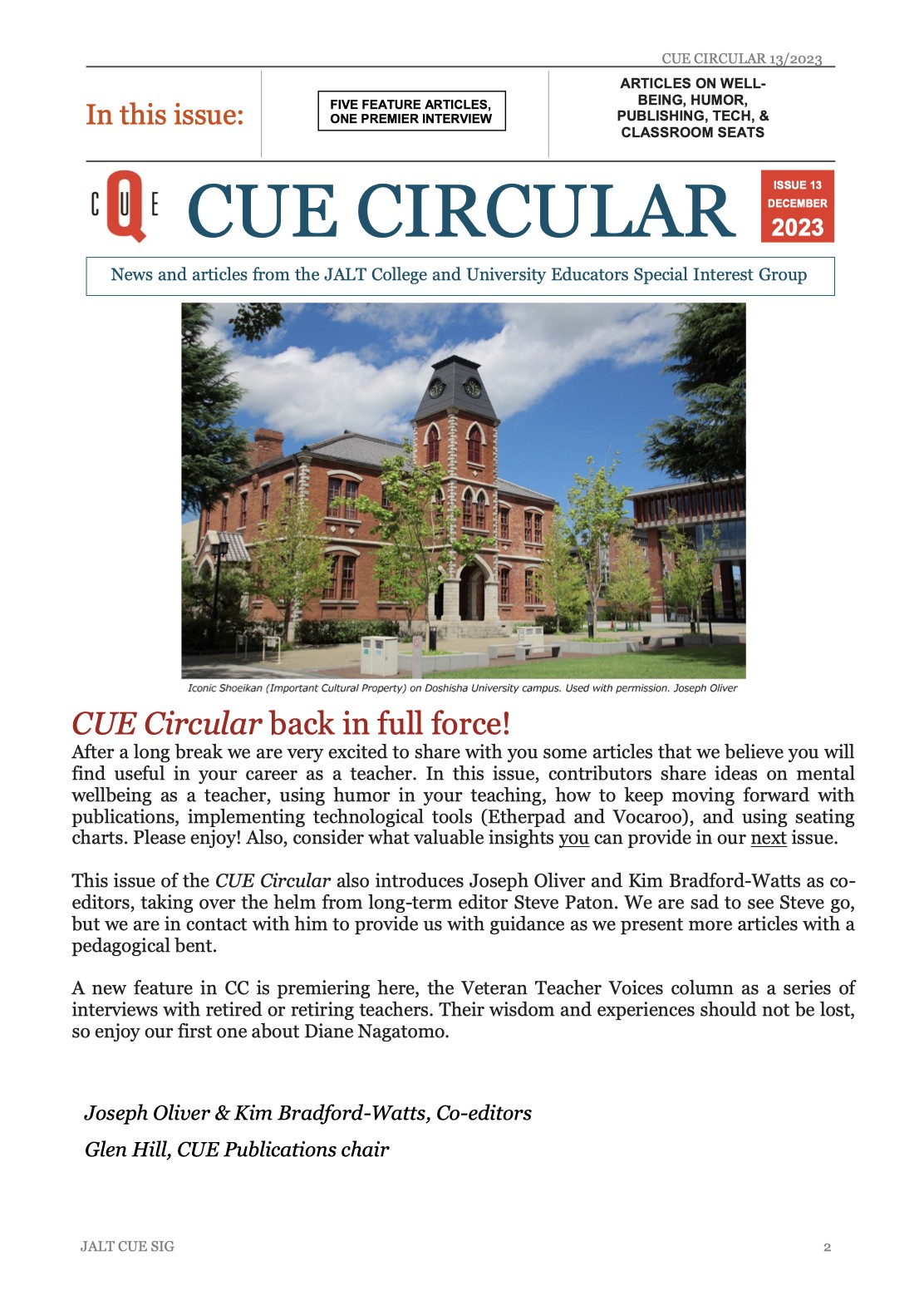
Issue 12: September 2021
Articles by Kristie Collins, Jason Morgan, Richard Thomas Ingham, Glen Hill, Meredith Stephens, Chris Colpitts and Dion Clingwall.

Issue 11: January 2021
Articles by Mary Hillis, Jonathan Isaacson, and Christopher Ott.
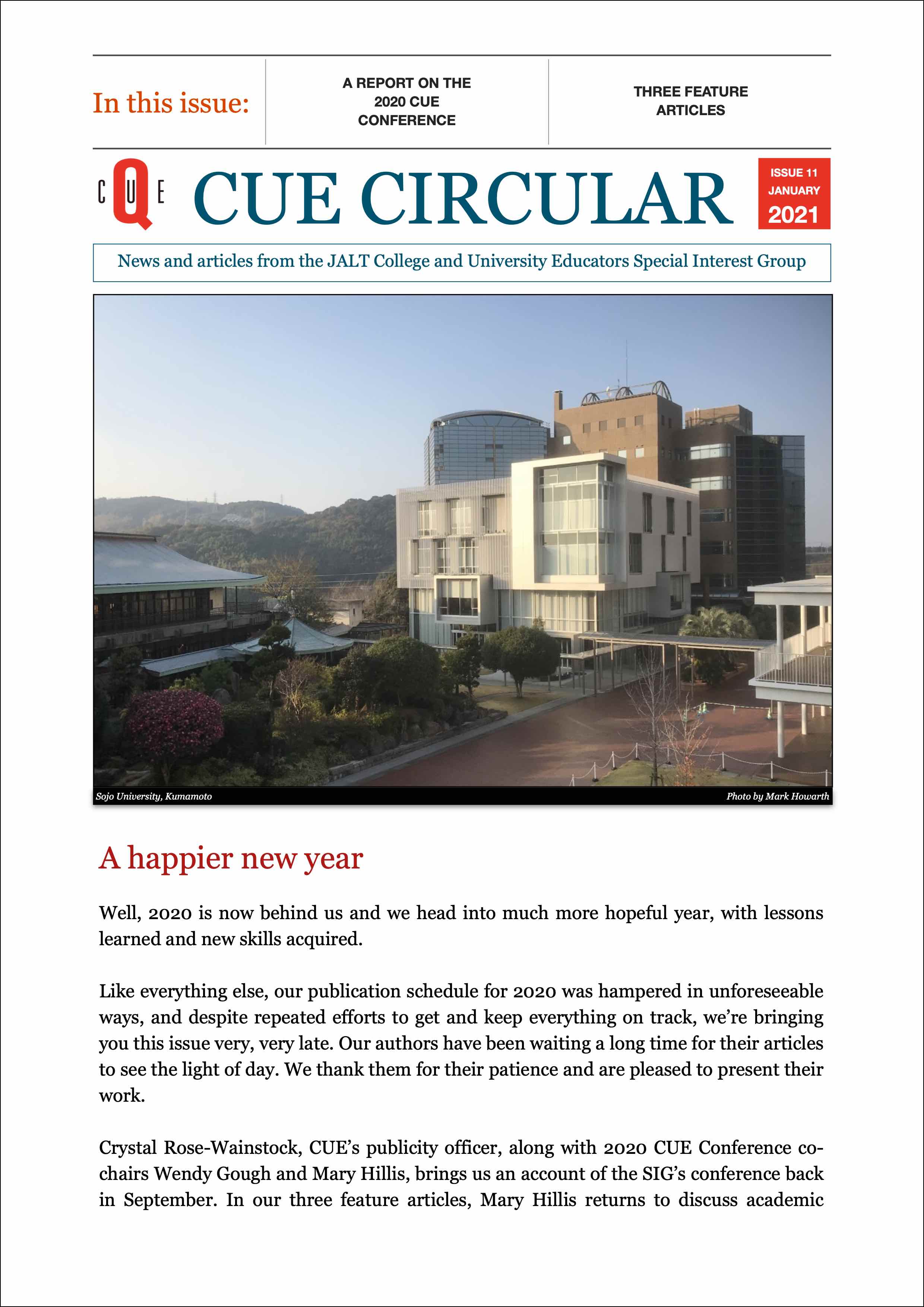
Issue 10: September 2020
Articles by Glen Hill, Jamie Taylor, James Porcaro, Michael Parrish, and Richard Miller.
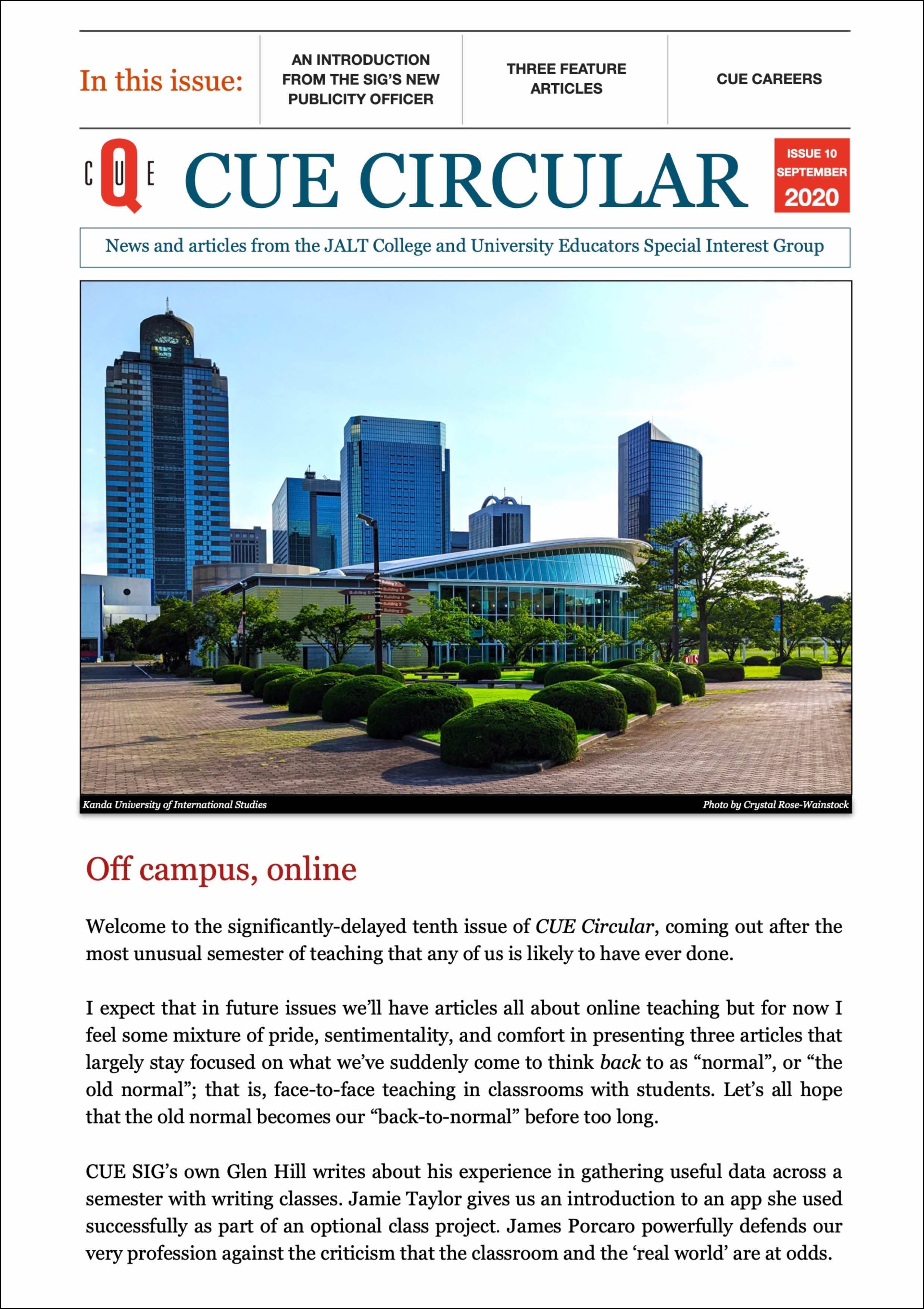
Issue 9: November 2019
Articles by Akiko Tsuda, Daniel Velasco, Michael Parrish, and Richard Miller.
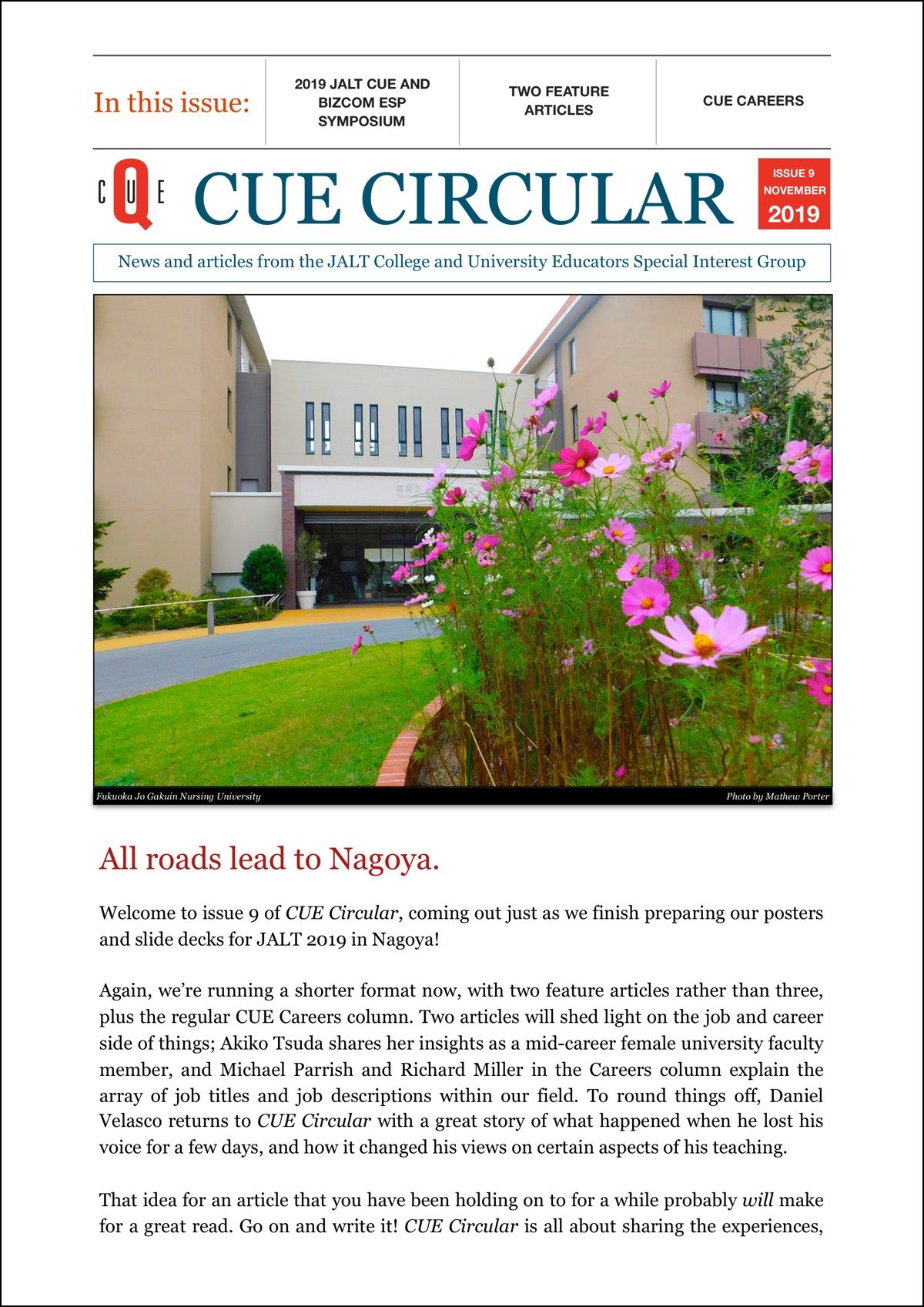
Issue 8: June 2019
Articles by Bill Pellowe, Adam Taylor Smith, Michael Parrish, and Richard Miller.
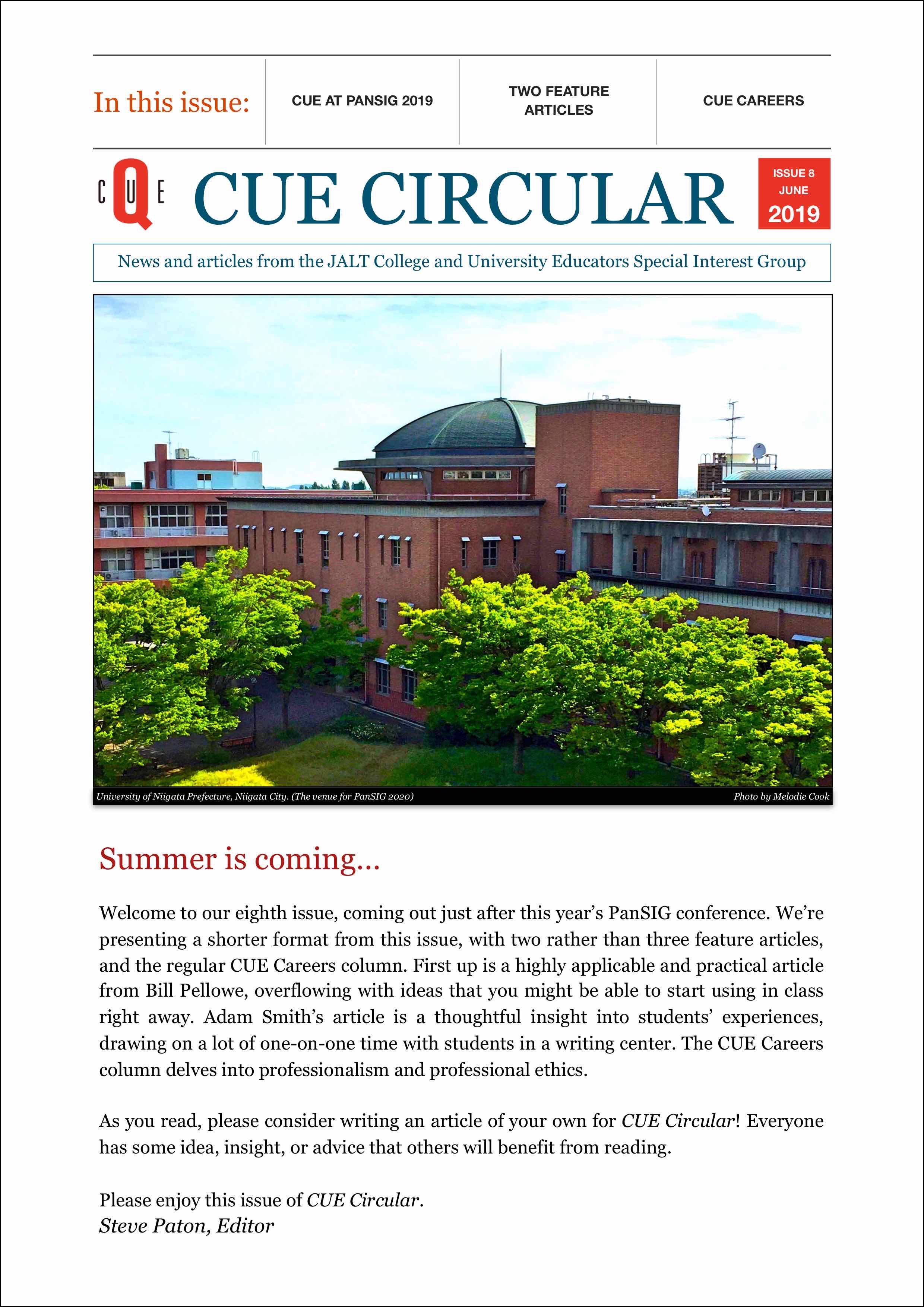
Issue 7: November 2018
Articles by Guy Smith, Justin Pool, Daniel Velasco, Michael Parrish, and Richard Miller.
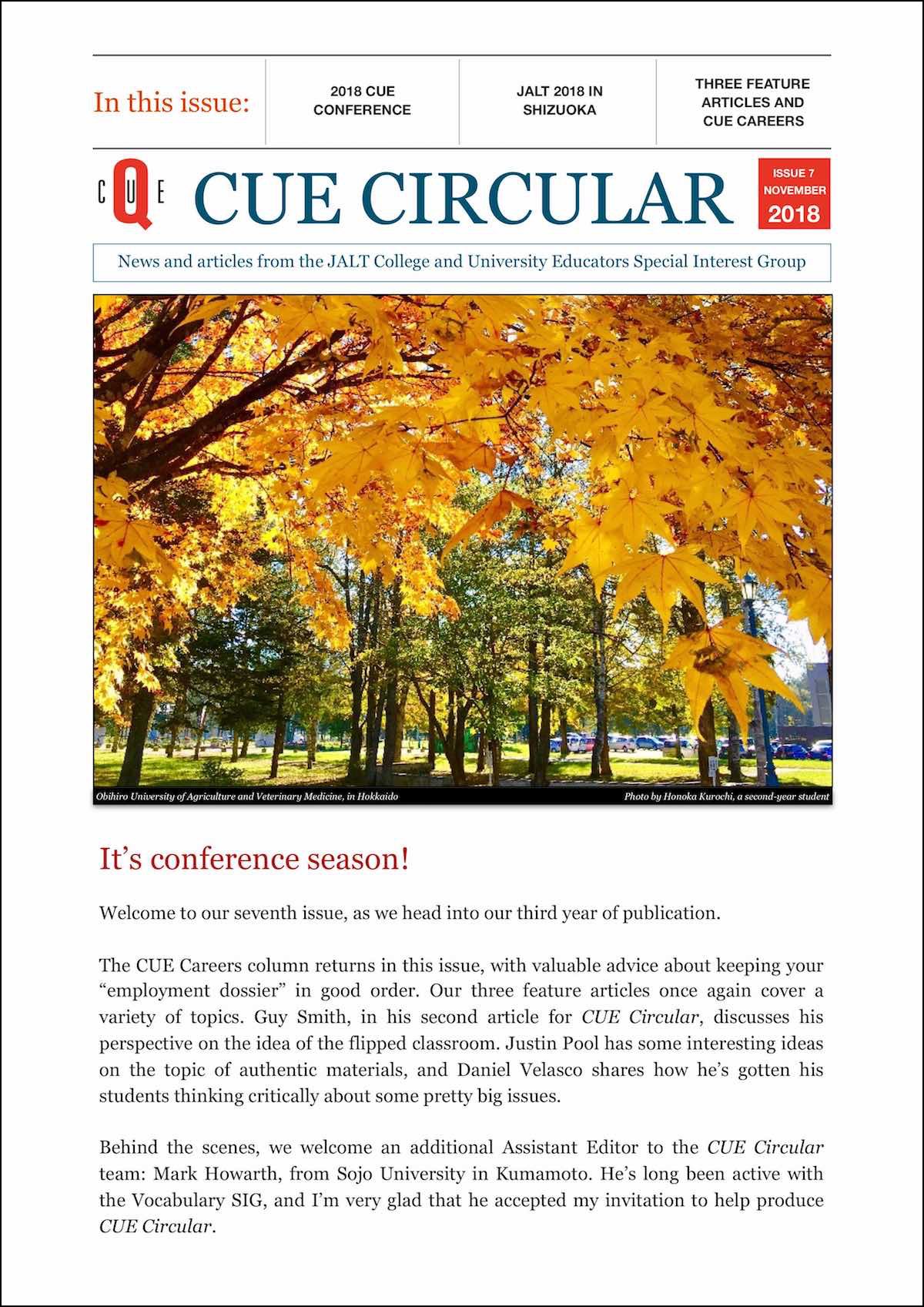
Issue 6: August 2018
Articles by James Porcaro, Daniel Newbury, and Rab Paterson.
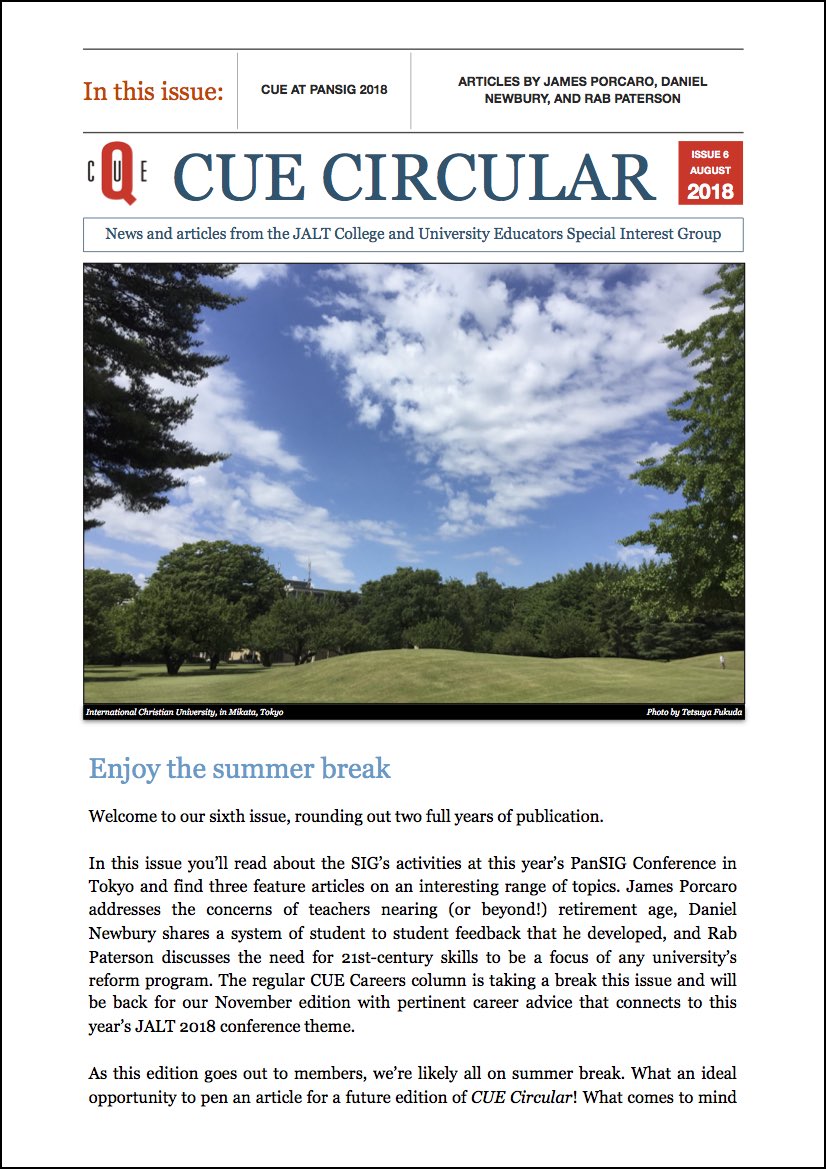
Issue 5: April 2018
Articles by Gota Hayashi, Julyan Nutt, Cynthia Quinn, Michael Parrish, and Richard Miller.
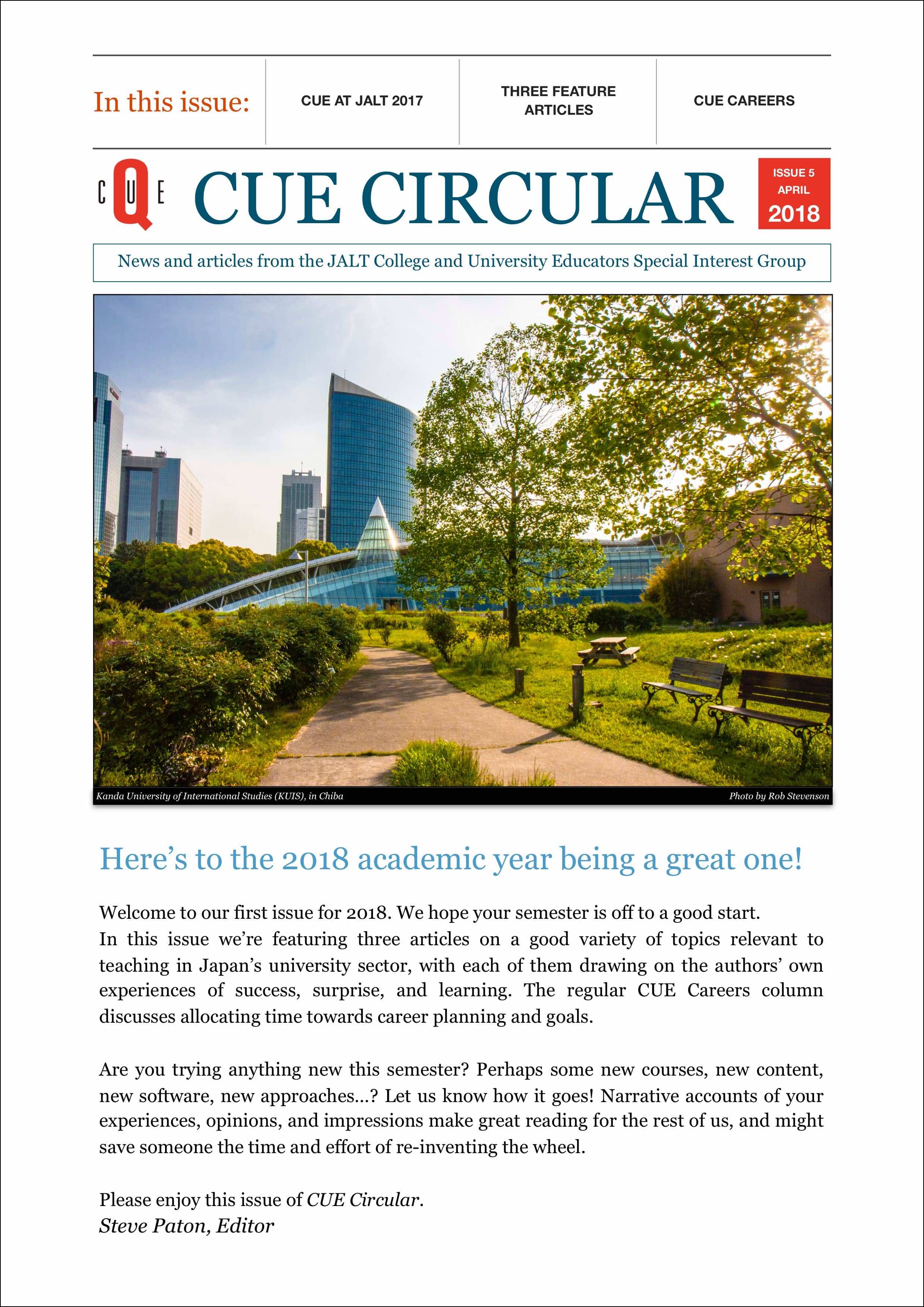
Issue 4: November 2017
Articles by Wendy Gough, Guy Smith, Greg Rouault, Michael Parrish, and Richard Miller.

Issue 3: July 2017
Articles by Emiko Hirasawa, Tim Murphey, Mike Guest, Anderson Passos, Michael Parrish, and Richard Miller.
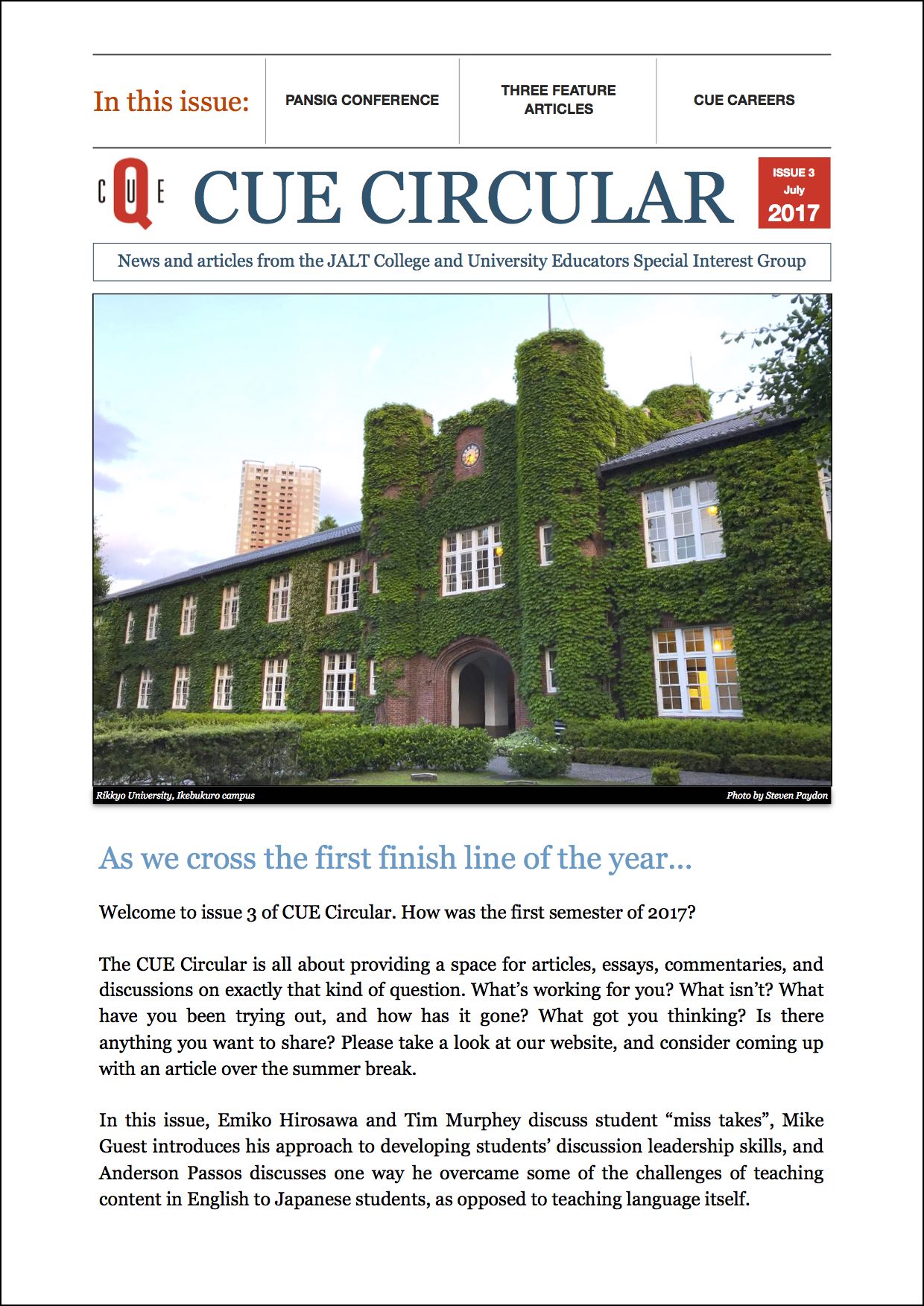
Issue 2: February 2017
Articles by Rebecca Arthur, Jonathan Isaacson, Mathew Porter, and Michael Parrish, and Richard Miller.
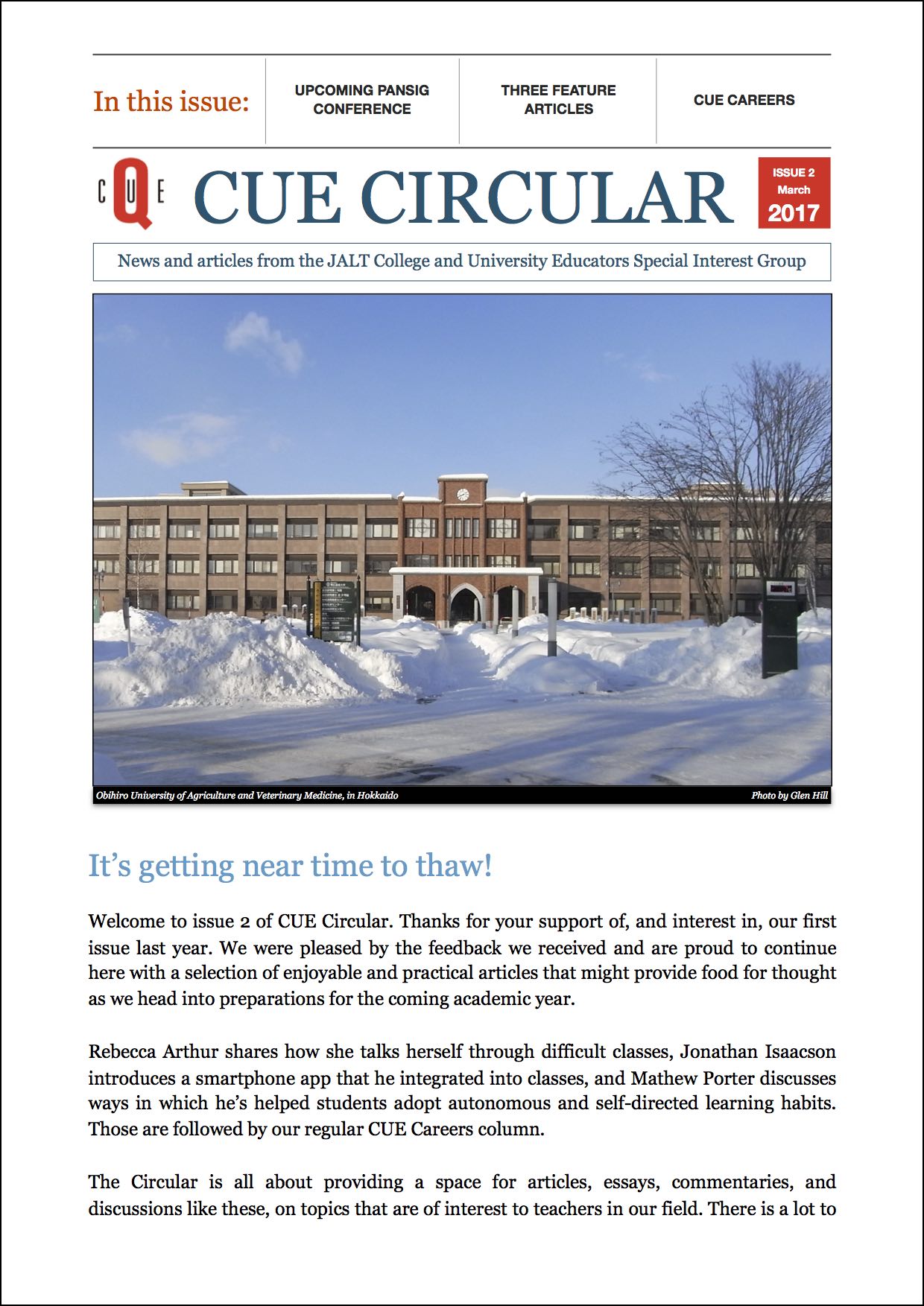
Issue 1: November 2016
Articles by Sara Hendricks, Glen Hill, Sylvain Bergeron & Richard Sampson, Keiichiro Kobayashi, Michael Parrish, and Richard Miller.
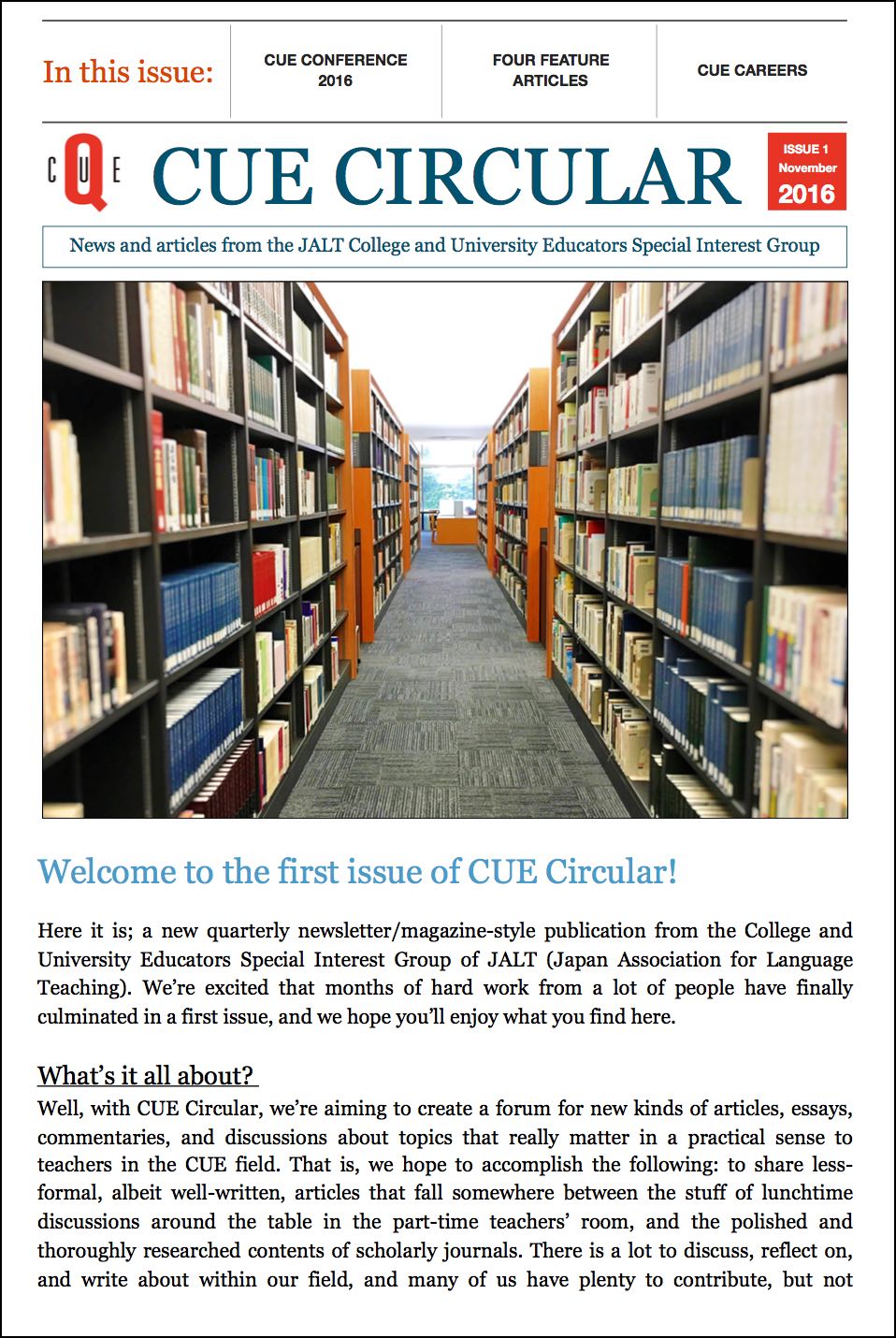
Theme by Danetsoft and Danang Probo Sayekti inspired by Maksimer
